Perhaps you have heard the story Acres of Diamonds made famous by Russell Conwell. It’s a tale of a farmer who was so obsessed
with the idea of finding diamonds and becoming rich that he sold his farm and spent the rest of his life in a tragic, hopeless search for diamonds, while the man who bought his property went to work in the fields and discovered a rich diamond mine right on the farm.Can the moral of this story, ‘dig in your own backyard’, be applied to our search for finding good photos when we have limited time to spend on our hobby or limited resources to travel far away to find the perfect spot?
This is the question I am trying to answer by checking out some of the areas closer to home and trying to see if there are ‘items of interest’ that would
make good photos.The result of my latest quest are the five photos currently attached to this post. I took these shots Friday evening after work in a two hour time frame. I didn’t travel more than ten miles from home. Are these ‘local’ shots ‘items of interest’?
The shots may or may not look ‘good’ to you. And that’s the point. I am taking them for me. To have them to learn from and as a record I can look back at a year from now when I am planning another photo trip during mid-March.
I can find a high number of items to be critical of in each one. But these five (of over 100 shots I actually snapped) each have some items that I personally like. And I can see at least one or two things in each one of them that I really like and I can learn from and add to my arsenal of experience.
For me, looking back on my own photos, it is interesting to see what different scenes looked like at each time of year. And to be able to remember how things looked when I was out on that photo trip. I do like the idea of shooting more shots without being so worried about whether or not they
are good enough to hang on the wall. I think it gives me more ammunition in my hunt for really getting that better than average photo in the future.While looking at these shots and trying to decide if it is worth the time and effort to take and process and keep these photos I think it’s time that we define a process for the hobbyist photographer that will greatly enhance their enjoyment of their hobby and do something that will really help them move on to getting great photos.
If you have a wish or are planning to
become a professional paid photographer, then the thoughts and ideas I will be outlining in this blog will probably not be for you. For someone who wants to move up to be a professional fairly quickly, a lot more work and technical prowess will be required. And you will have to devote magnitudes more time than I am describing here. But if you are a serious amateur, being able to maximize your results and minimize your time spent are worthwhile goals.And while I don’t have this theory and its methodology totally worked out, I do think we can start describing it and giving some names or tags to the different concepts. Therefore, for the time being, photos similar to the five shown here will be called ‘seed’ photos.
The goal is: To create interesting or meaningful photos that you are pleased and satisfied with. (Professional, meaning ‘paid’, photographers need to please and satisfy others. Perhaps someday that will be goal #2!)
The starting outline of this system/theory is:
1. Take as many photos as possible as often as possible. Don’t worry if they are ‘good’ shots. And if you do have a lot of experience and have advanced to where you get many great shots on an outing, follow this rule anyway. 2. It’s very OK to try to capture a ‘wall-hanger’ but do not fail to shoot a lot of ‘seed’ photos for future reference as well. 3. Plan ahead so that you have a plan ready when you do have the time or opportunity to get away for some photo time. 4. Make sure you have alternate plans based on the lighting you will have, the time of day and the season of the year so that you will always have something to shoot no matter when the chance occurs. 5. Keep learning. From your own experience and from others.We will be expanding on this system and will work on expanding and clarifying it with the intention of making it usable for anyone who wants to maximize their results and minimize their expense in time and assets.
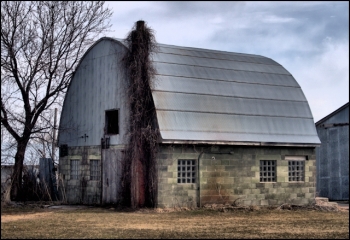
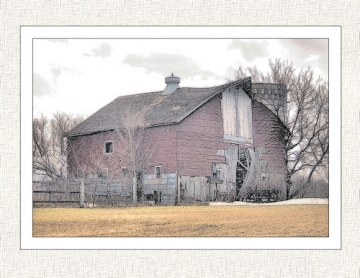
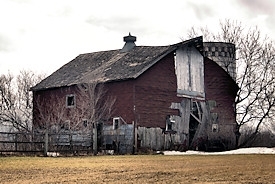
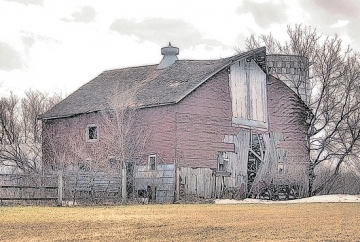
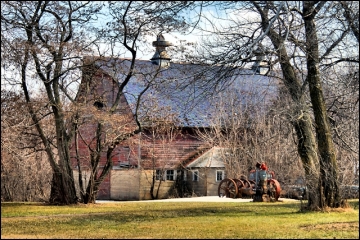
Leave a Comment